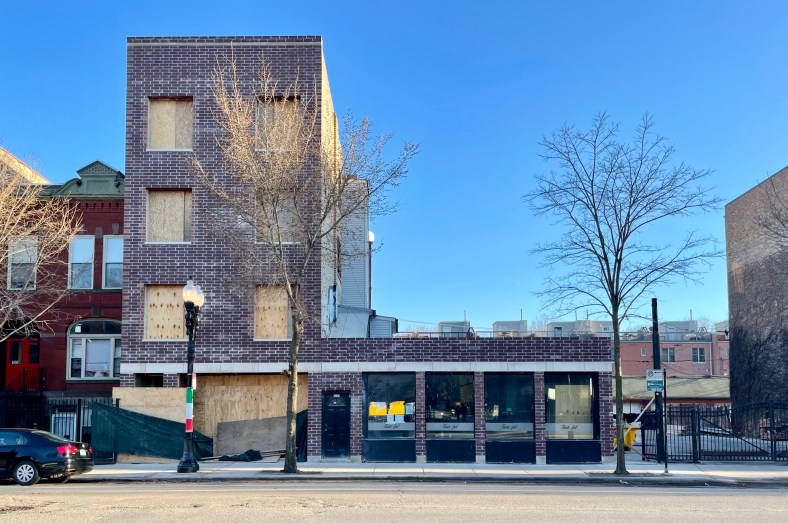The following is extracted from a paper I wrote about I-15 Express Lanes (first phase in 1998) and Managed Lanes (second phase, still under construction). Read the paper, Implementing value pricing on a highway in Southern California.
Equity
Political support is necessary for any value pricing application. Mayor Jan Goldsmith’s story of political maneuverings gave that indication. Implementing value pricing is politically difficult to implement because of the high opposition from the public. This is because of the costs borne by the user. In the case of I-15 Express lanes, all users have the opportunity to use the express lanes if they ride the bus, a motorcycle, ride with a friend or coworker, or drive an exempt low-emission vehicle. There are several tollways around the United States and the world which don’t have a free alternative.
Weinstein and Sciara (2006) suggest that we should avoid defining whether or not the HOT lane concept is equitable, but instead how to address perceived equity issues. The pair have written two reports for planners who will potentially work on value pricing projects. Both reports are cited in this section.
It has been found in the I-15 Express lanes application that users who never use the express lanes, and only use the main lanes (free lanes) occasionally benefit from the lane shift of users to the Express lanes. (Supernak, et al. 1998)
Another concern is that low-income drivers, who cannot afford to pay for the express lanes, will disproportionately benefit high-income drivers (Weinstein and Sciara 2006, 179). This debate between rich and poor drivers has emerged under the title of “Lexus lanes”, but the arguments calling HOT lanes a fast lane for the wealthy are unfounded:
a. Users from all income groups use the express lanes on I-15 and find it fair. The final report’s (Supernak 1999) attitudinal survey found that within all income groups, a majority of respondents approved of the FasTrak tolling of solo drivers in the I-15 HOV lanes.
b. As a mitigation measure to this perception, the Express lanes operation is paid for entirely by toll revenue, which also pays for increased express bus service. Oddly, though, Calfee and Winston (1996) found that the way toll revenues are used does not affect commuters’ willingness to pay (WTP), suggesting that these two mitigation measures do not affect public perception.
Works Cited
Calfee, John, and Clifford Winston. “The value of automobile travel time: implications for congestion policy.” Journal of Public Economics 69 (1998): 83-102.
Supernak, Janusz, Jacqueline M Golob, Kim Kawada, and Thomas F Golob. “San Diego’s I-15 Congestion Pricing Project: Preliminary Findings.” Institute of Traffic Studies, University of California, Irvine, Irvine, 1998.
Weinstein, Asha, and Gian-Claudia Sciara. “Unraveling Equity in HOT Lane Planning: A View from Practice.” Journal of Planning Education and Research 26 (2006): 174-184.



